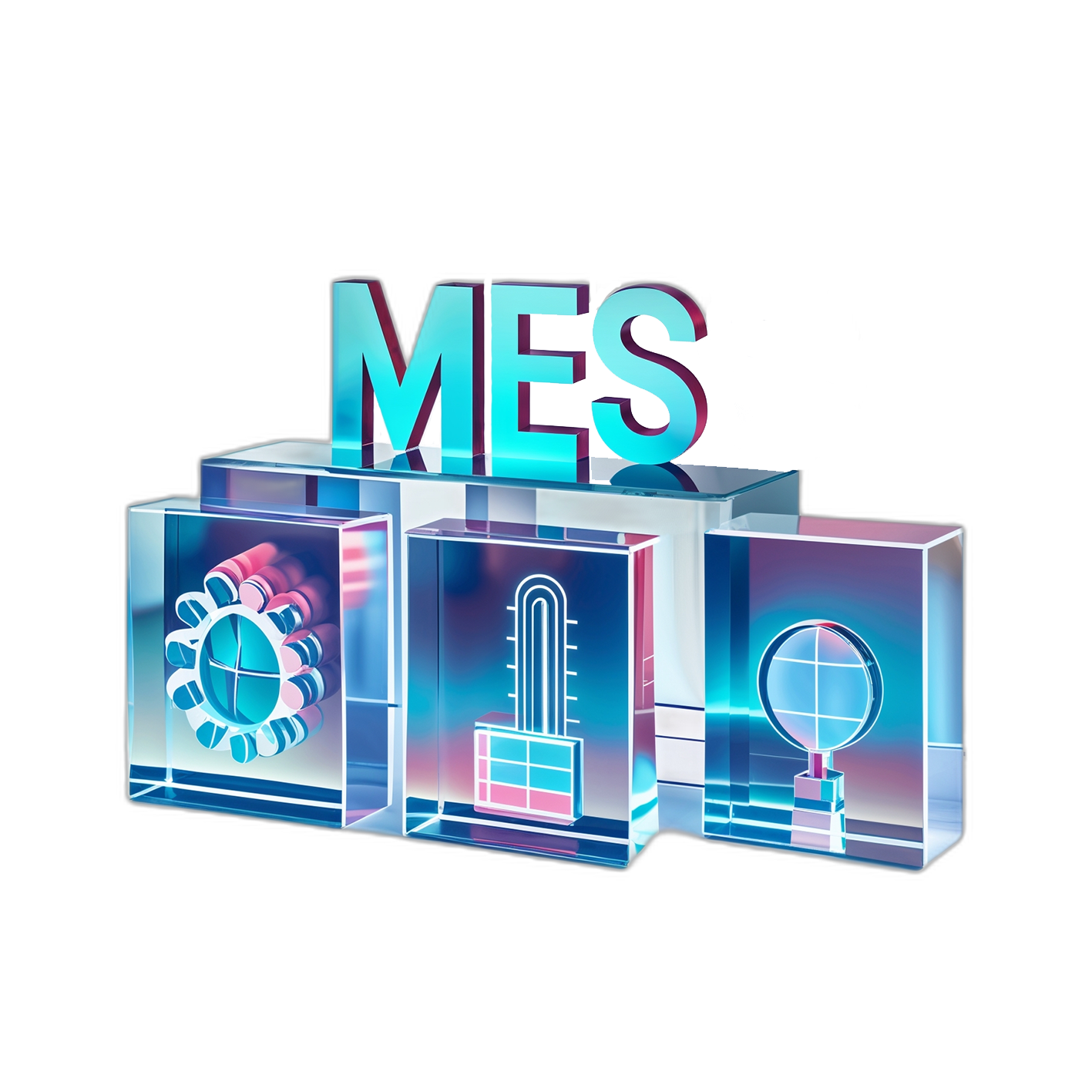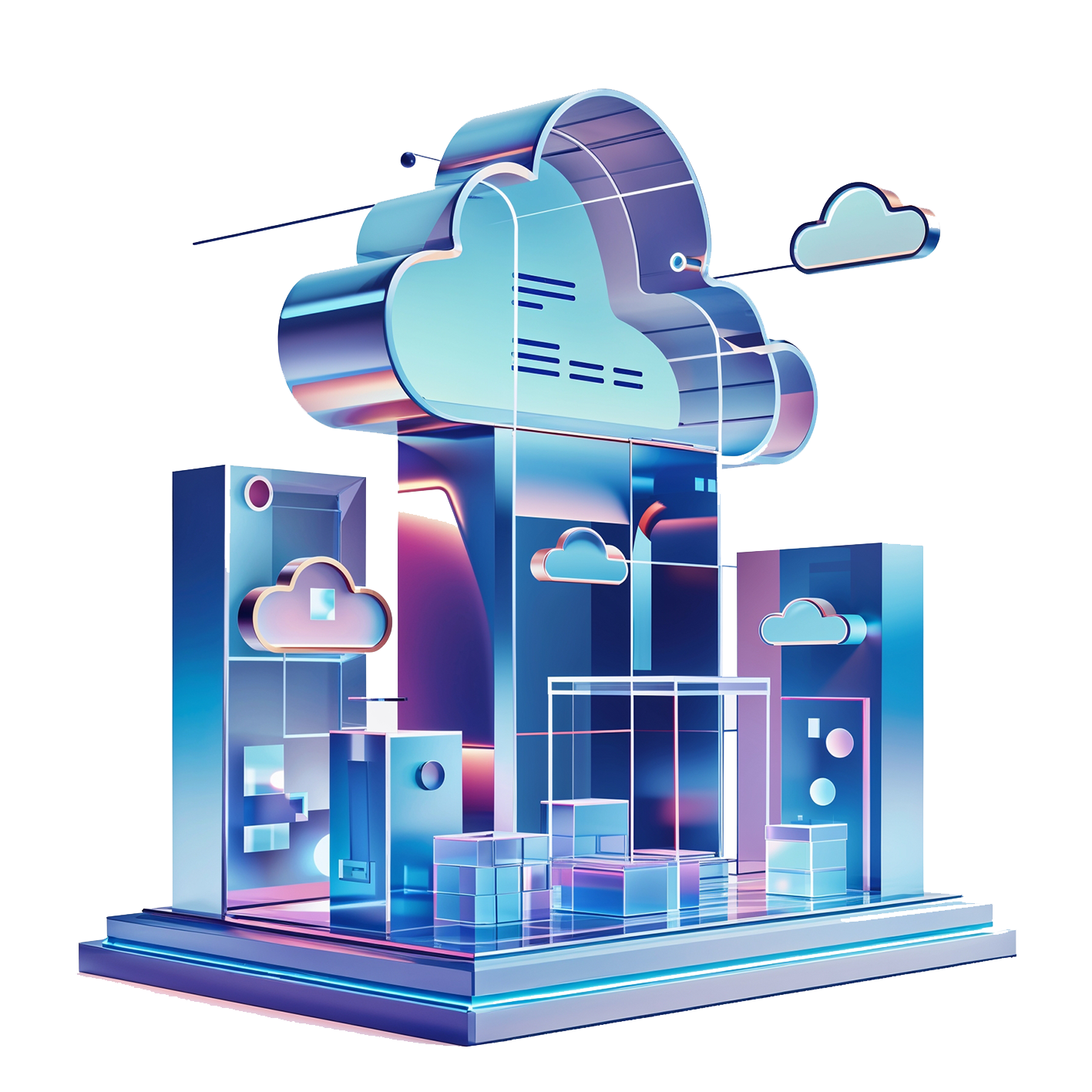In many manufacturing companies, each department uses its own tools — planning, production, logistics, procurement. Data is scattered, inconsistent, and often updated manually. Reports are delayed, and decision-makers don’t have a full picture of what’s actually happening.
It’s not unusual for a company with multimillion-euro revenues to still rely on Excel spreadsheets — while key data on production, inventory and orders remains unsynchronized. As a result, it’s difficult to answer even the most basic questions:
Without a single, real-time source of truth, each department sees only its own piece of the puzzle — and misalignments usually come to light too late, when things go wrong.
Instead of replacing existing systems, we connect and synchronize them into one shared information environment. Data from ERP, MES, SCADA, warehouse systems or spreadsheets is integrated in real time and displayed in a unified view. Every department can access the same data — enabling faster, more confident, real-time decisions.
We don’t build a new system — we create one shared version of reality. The result: better planning, fewer errors, and fewer costly surprises.
⚙️ Integration platforms (e.g. ESB, ETL) – unify data from various systems in a single environment
⚙️ Cloud Database – enables cross-location, multi-department data access
⚙️ Dashboards (Power BI, Grafana) – provide a real-time view of key processes and KPIs
⚙️ Connectors to ERP/MES/SCADA – enable synchronization without replacing existing systems

Traditional reports and spreadsheets make analysis slow and unclear. Tools like Power BI, Grafana, and Tableau turn complex data into visual dashboards.
This allows manufacturers and OZE operators to track performance, detect inefficiencies, and make data-driven decisions—faster and more accurately than ever before.

MES gives manufacturers and renewable energy operators real-time control over production and infrastructure.
By collecting and analyzing performance, quality, and equipment data, MES enables smarter scheduling, waste reduction, faster response to issues, and improved efficiency of both industrial and energy operations.

Data scattered across multiple systems is hard to analyze. ETL integrates information from sources like ERP, MES, and IoT, then standardizes and loads it into a central database.
This ensures data consistency, enhances reporting accuracy, and provides a single source of truth for operational and strategic decisions.

Manufacturers and OZE companies often detect failures too late due to a lack of real-time monitoring. IoT sensors continuously collect and transmit data from machines or installations to analytical dashboards.
This enables real-time insights, predictive maintenance, and better operational control—reducing downtime, costs, and energy losses.

Companies often store data in disconnected systems, causing delays and inefficiencies. Cloud databases centralize critical business information, enabling real-time access, better collaboration, and faster decision-making.
For OZE companies, they support dynamic energy management and integrate easily with forecasting tools and IoT infrastructure.